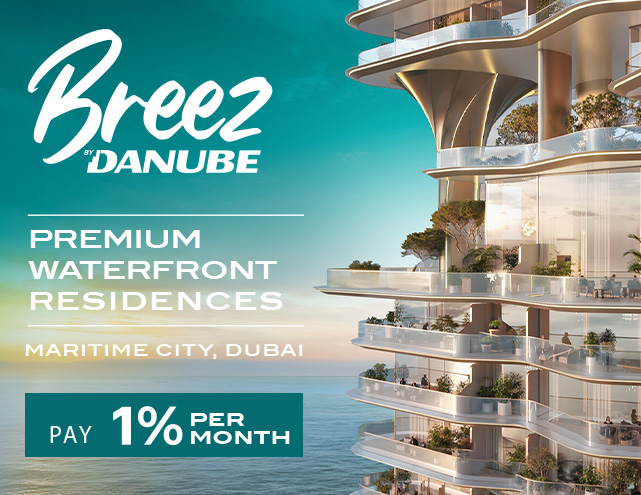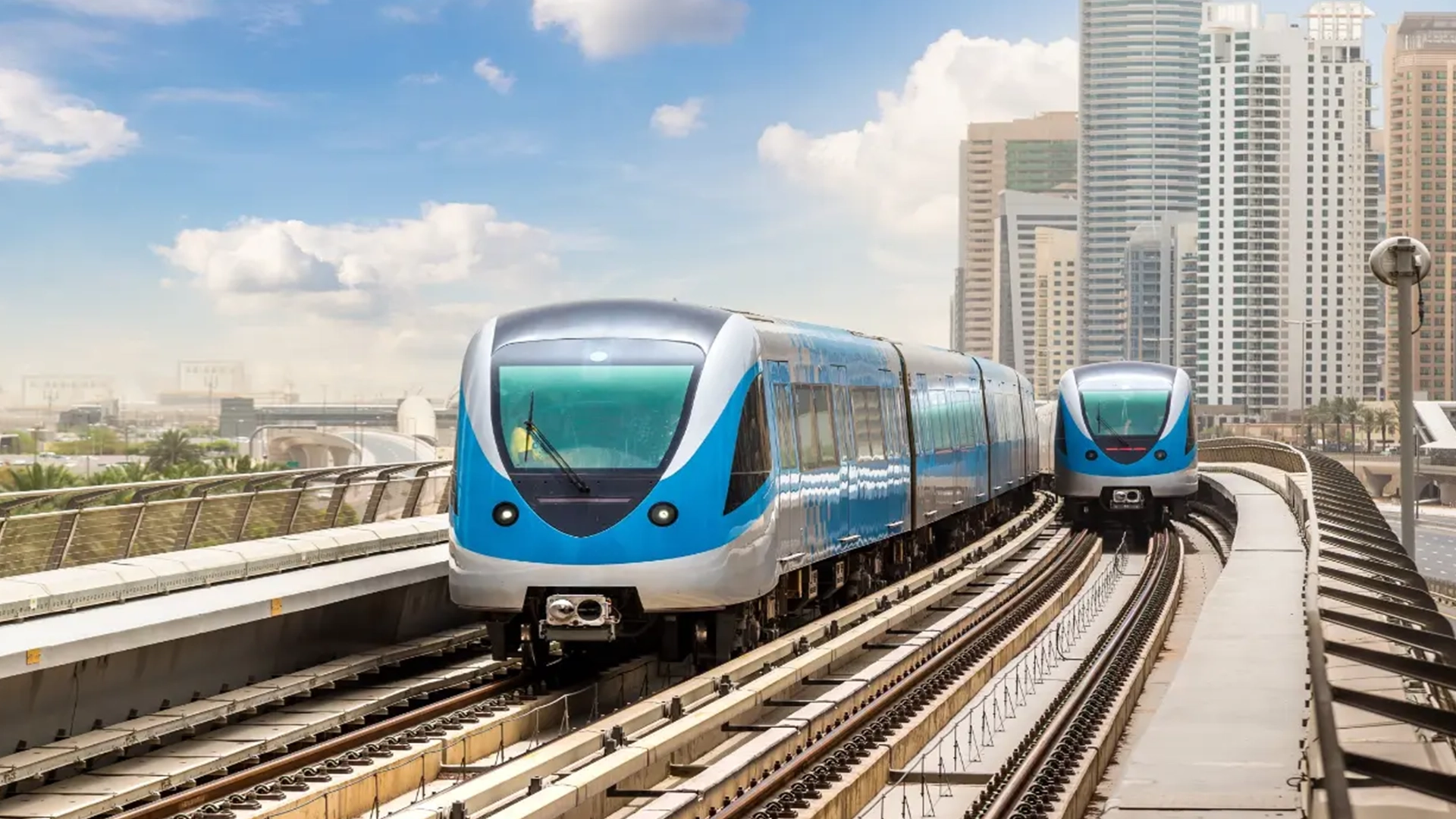The Expat Dilemma in Dubai Real Estate
Watching property prices climb in Dubai can feel a lot like watching a race from the sidelines. You see headlines about staggering appreciation and record-breaking sales, but when you look at your own portfolio, you might be asking: Am I missing something? Or worse, am I falling behind? This feeling is especially common for NRI investors who’ve dealt with the frustration of project delays, complex documentation like SPA/Oqood, and the lingering uncertainty of off-plan investments. You’ve put your trust and hard-earned money into a property, only to find yourself stuck in limbo with a timeline that keeps shifting.
This isn’t just a feeling; it’s a widespread problem. Many developers promise the world but fail to deliver on time, leaving investors with a half-built dream and no clear path forward. A significant number of investors have reported losing hope of even getting their money back after waiting for years, often without the proper sales and purchase agreements (SPA) or Oqood documentation. This lack of transparency and frequent project delays is a core fear for many buyers, creating a crisis of trust in the market. The hassle of navigating legal landscapes and the risk of poor construction quality are very real concerns that can turn an exciting investment into a long-term headache.
So, what if you could invest with a new kind of confidence? What if you could target a specific, proven growth catalyst that removes much of that uncertainty? The answer lies in Dubai’s next big infrastructure project: the Metro Blue Line.
The Metro Blue Line, approved in late 2023 and under construction since June 2025, is set to open in September 2029 and is poised to reshape the city’s real estate landscape. The strategic placement of this new metro line is not a coincidence; it’s a direct blueprint for future property appreciation. While the market is flooded with off-plan projects from various developers, the savvy investor is looking for something more, a tangible, high-impact factor that guarantees a return on their investment.
This isn’t a new phenomenon. Historical data shows a powerful correlation between metro connectivity and property value. From 2010 to 2022, properties within a 15-minute walk of a metro station appreciated by an average of 26.7%. This outpaced the overall Dubai market average of 24.1% during the same period. The evidence is even stronger for more recent projects. The Route 2020 extension, which opened ahead of Expo City, delivered a remarkable 45.8% growth in metro-adjacent areas compared to just 21.0% in non-metro zones from 2021 to 2024.
The most compelling case study for this model is Expo City itself. Since 2021, properties in the area have seen an astonishing 62% price growth. This wasn’t a fluke; adjacent areas saw a similar appreciation of 40-44%, directly validating the metro’s impact. The market’s response was immediate and overwhelming, with six full buildings selling out in just two months. This demonstrates the power of a strategic infrastructure project to create a surge in investor confidence and tangible value.
This brings us to the new frontier of growth: Dubai Silicon Oasis (DSO). This community is set to become a major stop on the Blue Line, and the market is already responding. DSO achieved a remarkable 24% price growth in 2024, boasting a 9.29% rental yield, the highest in Dubai. While some of Dubai’s leading developers have been slow to tap into the luxury segment in DSO, new projects are now filling this gap and offering buyers more options.
This isn’t about gambling on a future promise; it’s about investing in a proven model of urban development. The Metro Blue Line isn’t just a transport link; it’s an economic catalyst. Its impact is not a projection but a historical fact, repeatedly proven by past expansions. By choosing a property aligned with this growth corridor, investors are positioning themselves in areas with stronger appreciation potential. It also reduces exposure to uncertainty tied to unproven locations or stalled projects.
This is your chance to stop watching from the sidelines and get ahead of the curve. While others are still stuck researching for months or dealing with endless delays, you can act now on a proven strategy that is backed by data and the future of Dubai’s infrastructure. Don’t just buy property buy future value.
Investor Checklist: What to Look for in Blue Line Properties
Before committing to a property along the Metro Blue Line corridor, it’s worth applying a careful filter. Growth potential is strong, but not all projects will deliver equal results. Key points to consider include:
- Developer Track Record – Check past delivery timelines and quality standards. Avoid those with a history of delays or disputes.
- RERA Compliance – Ensure payments go into escrow accounts regulated by Dubai’s Real Estate Regulatory Agency.
- Documentation – Confirm that your Sales and Purchase Agreement (SPA) and Oqood registration are issued promptly.
- Location within the Corridor – Properties within walking distance of a station typically see higher demand and appreciation.
- Rental Demand – Look for areas with established tenant communities (e.g., expats, students, professionals) to secure steady yields.
- Amenities & Infrastructure – A metro link is powerful, but access to schools, healthcare, and retail adds long-term value.
By weighing these factors, investors can move beyond hype and position themselves in projects that align with both lifestyle needs and financial goals.




